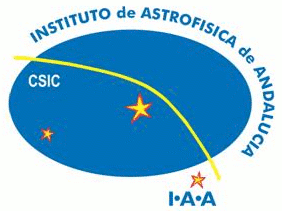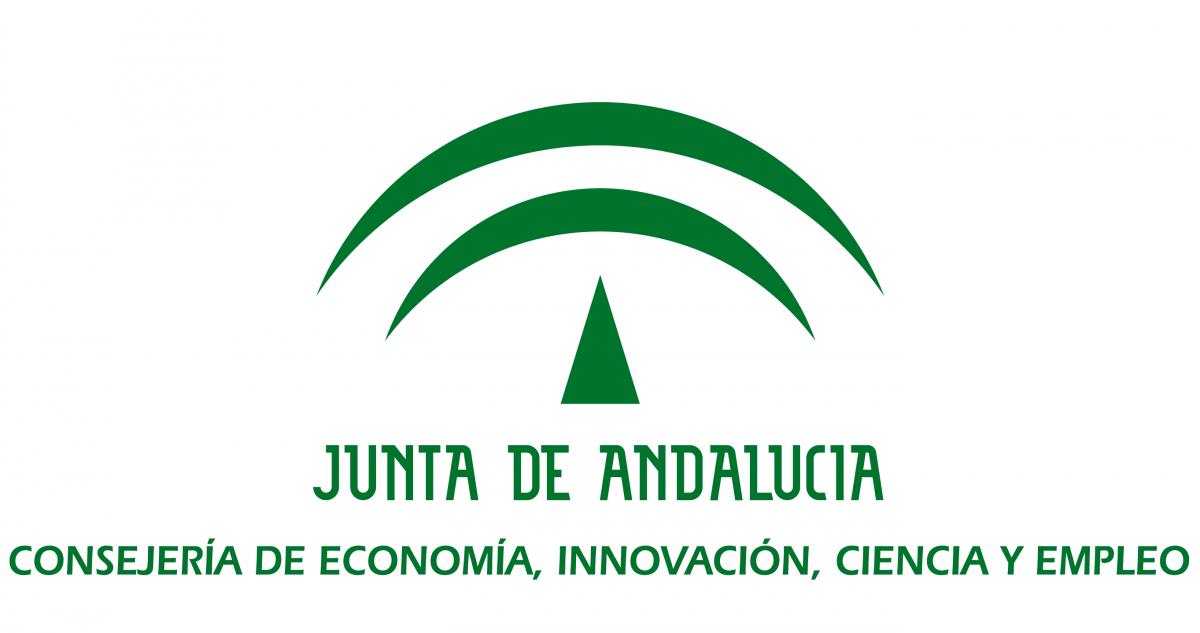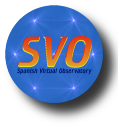In this talk we present the results of applying the new statistics introduced by Pascual-Granado et al (see previous talk) in order to check the analyticity of the function from which the time series constitutes a discrete sample to two different sets of data.
Thanks to the policy of open science of LIGO consortium, we could both access the data corresponding to the detection of the gravitational wave GW150915, and associated methods, through the LIGO Open Science Center web. We have applied the connectivity test to a segment of the time series, finding that the LIGO data are not connected.
On the other hand, the most used techniques so far for SETI signal detection are high resolution Fourier transform, together with other time-frequency analysis. Part of these techniques are being unsuccessfully applied in the field of asteroseismology and helioseismology (see talk by R. Garrido). Here we show the results of applying this technique to 10 time series randomly extracted from the rows of the waterfall kindly provided by J. Scargle and C. E. Henze from NASA Ames Research Center as part of setiQuest data. Unfortunately the full set of records is not coherent, so that only individual rows could be analysed with our method. Our preliminary results suggest that none of these series are connected.
Lourdes Verdes-Montenegro






